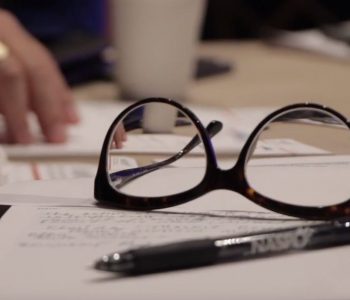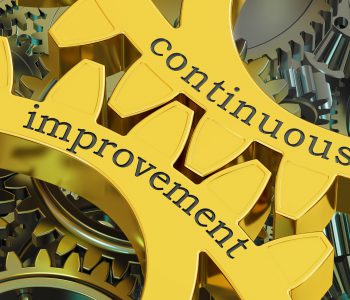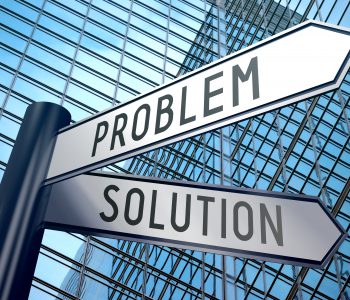How many surveys have you completed this year? Chances are you have already participated in several reviews and customer satisfaction surveys. The real question is how many surveys we complete actually matter? In today’s big data world, businesses need to gather data and understand customer behavior in order to gain a strategic advantage or identify new business opportunities. Requests to participate in customer satisfaction surveys, guest surveys after returning from a domestic or international travel, or surveys to evaluate your recent dentist’s visit have become a part of life. The average consumer seems to be bombarded with a lot of “tell us how we did/tell us about your visit” surveys and requests for feedback. Researchers try to strike the right balance between gathering the right amount of information while being mindful of survey fatigue which can lead to low response rates. Rightfully so.
If you are interested in a survey that matters, a survey that offers a comprehensive nationwide perspective of state procurement practices, look no more! NASPO has the best vantage point to provide insight into how various state central procurement offices handle the procurement of goods and services across the country and infer valuable trends. NASPO’s Survey of State Procurement Practices is a comprehensive data collection, and the longest running survey for the association.
Read more “Surveys that Matter” →
 NASPO Events & Education
NASPO Events & Education  NASPO Events & Education
NASPO Events & Education  NASPO Events & Education
NASPO Events & Education  Technology & IT Procurement
Technology & IT Procurement  Contract Administration & Management
Contract Administration & Management  Contract Administration & Management
Contract Administration & Management  NASPO Events & Education
NASPO Events & Education  Professional Development
Professional Development  Professional Development
Professional Development  NASPO Events & Education
NASPO Events & Education  Procurement Methodologies
Procurement Methodologies  NASPO Events & Education
NASPO Events & Education